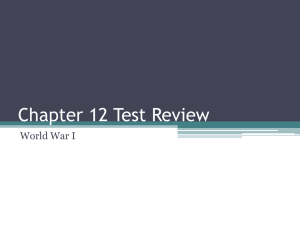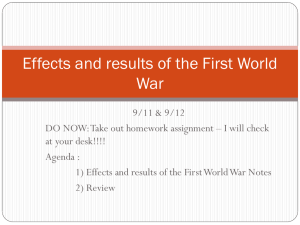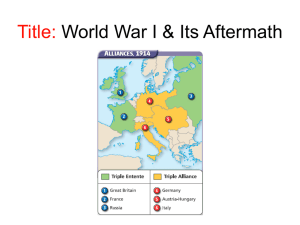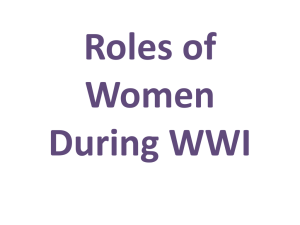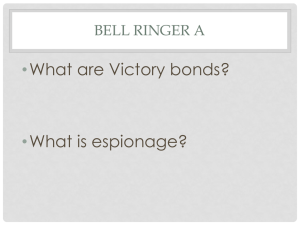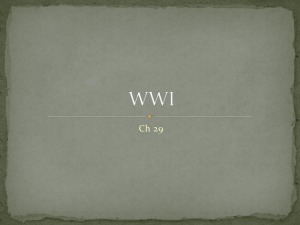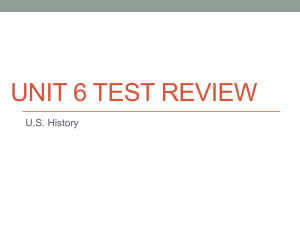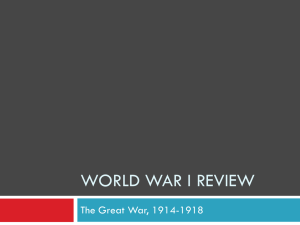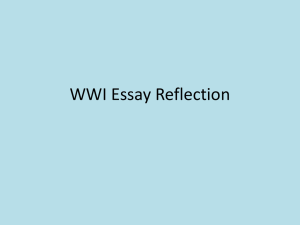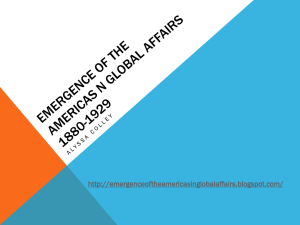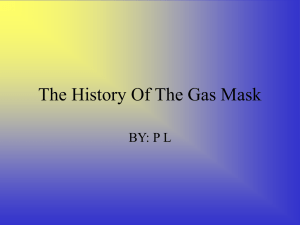PowerPoint 簡報
advertisement
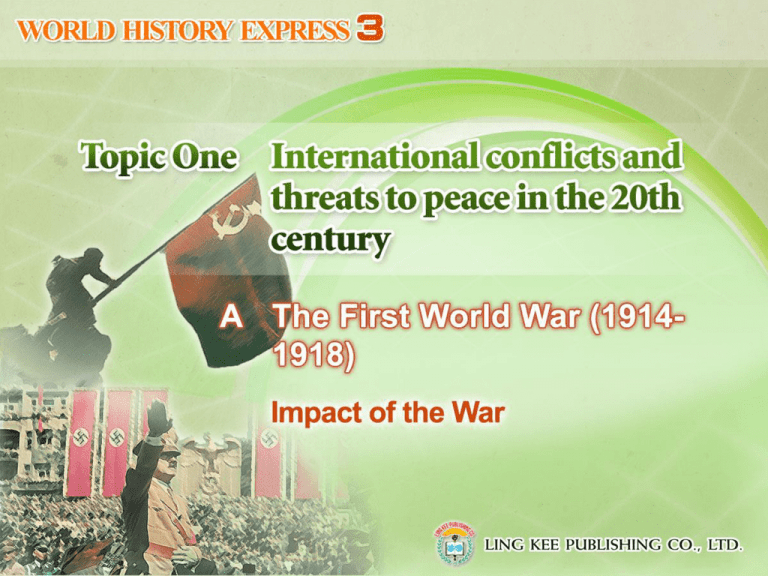
Impact of the First World War on European economy Casualties of major participants in WWI 2 WWI, the first great war in the history of mankind, lasted four years and three months. Participants in WWI (in dark) 3 65 million soldiers were mobilised. Among them, more than 8 million were killed and 20 million were injured. Corpses on the Eastern Front 4 When WWI ended, Europe was in ruins. A Belgian town destroyed during WWI 5 Life in the post-war period was very hard. Food shortage was common in Europe after WWI. This photo shows the German government distributing food relief to hungry people. 6 The changes in European politics after the First World War Source A Source B Europe in 1914 Europe after WWI 7 After WWI, four powerful empires in Europe fell. The 1917 October Revolution overthrew the Czarist dynasty in Russia. 8 The fall of the Russian Empire was perhaps the most important one. Under the leadership of Lenin (列寧), Russia became the Soviet Union (USSR), the first communist country in the world. 9 They included the Russian Empire, the Austro-Hungarian Empire, the German Empire and the Ottoman Empire. Germany Poland Czechoslovakia Austria Hungary Romania Yugoslavia Italy Bulgaria Austria-Hungary was divided into Austria and Hungary. Czechoslovakia and Yugoslavia were also created out of the former empire of Austria-Hungary. 10 After the War, many new nation states were created. Most of them were in Eastern Europe. 11 After the War, Britain and France became weaker. Britain faced serious economic problems after the War. The photo shows a demonstration organised by British unemployed workers in 1922. 12 The US extended its trade and increased its military power. The US began to build aircraft carriers in the early 1920s. 13 Japan’s position in Asia was strengthened. Japan South Seas Islands (former German colonies) After WWI, Japan received the former German colonies in the Pacific region. 14 During WWI, many new weapons were developed. Machine Guns Poison gas 15 Submarines Tanks Warplanes 16 The patterns of warfare changed. There was fighting on land, at sea and in the air. A new kind of war began. Submarines played an important role in naval warfare during WWI. 17 All the people of a country, not just soldiers, made their own contribution in this new kind of war. This is what historians call a ‘total war’ (總體戰). An American poster published during WWI, encouraging the people to save food 18 The change in women’s status after the First World War 19 During WWI, many men joined the army to fight in the front line. German new recruits during WWI 20 The change in women’s status after the First World War During WWI, women actively took part in production. The pictures above show women making airscrews (left) and working in arsenals (right) in wartime. 21 The government encouraged women to take up jobs that had traditionally been kept for men in order to carry on industrial production. Women working in a aircraft factory 22 A cartoon published after WWI, showing that women were excited about getting the right to vote 23 After the War, women’s abilities and their contribution to the country were recognised. Their social status began to rise. The US government granted women the right to vote in 1920. 24 After the War, the European powers wanted to maintain peace. The devastation caused by WWI made the powers to reconsider the importance of peace. 25 They set up the League of Nations (國際聯盟) in 1920 to settle future disputes through peaceful means. A cartoon showing how Wilson of the USA was trying to earn the support of the other nations to form the League of Nations 26 Its headquarters were in Geneva (日內瓦), Switzerland. Palace of Nations, the headquarters of the League of Nations 27 The League was unable to maintain peace. WWII finally broke out 20 years later. Germany’s invasion of Poland in September 1939 led to the outbreak of WWII. 28
